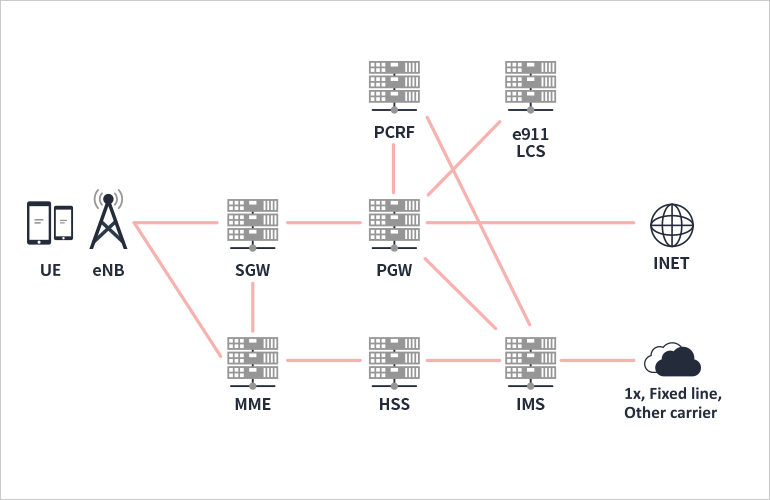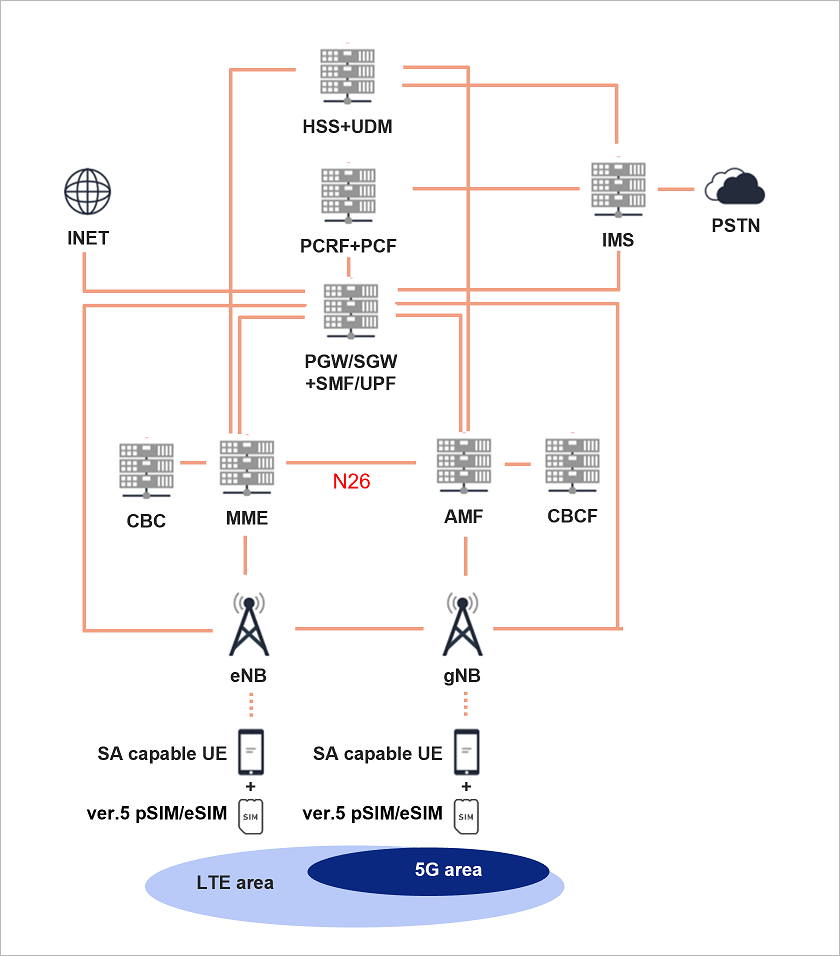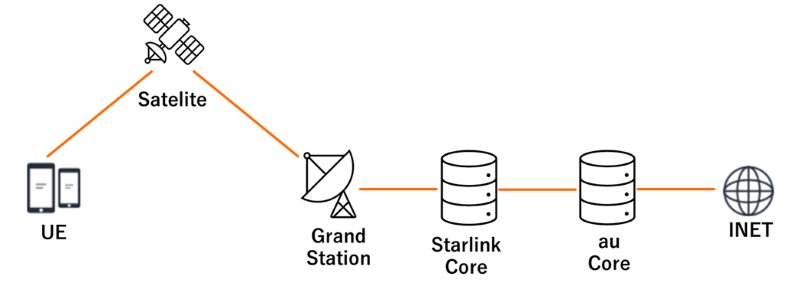Overview
About Us
As Internet of Things (IoT) becomes increasingly popular, more and more devices, including open (SIM free) devices that uses cellular module, are expected to be connected to a carrier’s network.
To help promote such devices to a wider audience. To enable an ever easier connection to our network.
Bearing in mind the goals above, we provide all the necessary information to conduct our connectivity verification (IOT: Interoperability Testing) on this site.
- ※A part of this site requires member registration to be accessed.
- ※The information provided on this site does not guarantee the quality of a product and its functions. For questions regarding a product’s function and quality, please directly inquire to the manufacturer of the product.

Overview

- ①:Products that have passed IOT (IOT-verified products) are listed here
- ②:Products offered by KDDI are listed 「here」 (in japanese only)
- ③:Customers who wish to use IOT-verified modules are advised to read the Guideline for Embedding Communication Module~KDDI LTE Network Specification Outline and Legal Compliance~ available in our Member's Page
Connectivity Verification (IOT : Inter-Operability Testing)
A protocol test to confirm the interoperability between manufacturer-branded products and the KDDI Network.
For IOT, there are two separate connectivity verification services available: "KDDI Network IOT" for testing connectivity with KDDI base stations and "au Starlink Direct IOT" for testing connectivity with Starlink satellites.
IOT Type
| 1 | KDDI Network IOT | Verification of connectivity with KDDI base stations (LTE/5G/LPWA). |
| 2 | au Starlink Direct IOT | Verification of connectivity with Starlink satellites. The test subjects are Android-based devices that support Satellite Mode. |
IOT Flow


Test Outline
| 1 | Pre-IOT | Tests conducted using simulator |
| 2 | IOT-L (Lab Test) | Test(s) conducted in KDDI's lab (※1) |
| 3 | IOT-F (Field Test)(※2) | Test(s) conducted in KDDI's commercial network. (Parts of the test are conducted using simulator) |
- ※1: KDDI's lab is located in Tama, Tokyo.
- ※2: Technical Regulations Conformity Certification or Attestation of the Construction Design of Specified Radio Equipment is required to conduct field test.
Network Architecture
KDDI's connectivity verification is for both LTE and 5G systems.AS such, the information provided on this site also relates to LTE and 5G systems.
LTE System

| Term | OfFicial Name | Remarks |
|---|---|---|
| UE | User Equipment | Device used by the end user |
| eNB | Evolved Node B | LTE network base station |
| SGW | Serving Gateway | User data (packet) relay server |
| PGW | Packet Data Network Gateway | Outer network data (packet) relay server |
| MME | Mobility Management Entity | Network signaling control server |
| HSS | Home Subscriber Server | Subscriber control server |
| IMS | IP Multimedia Subsystem | Voice and SMS control server |
| PCRF | Policy and Charging Rules Function | Communication policy and charging control server |
| e911 LCS | Enhanced 911 Location Service | Emergency call location positioning server |
| INET | Internet | Internet, World Wide Web |
5G System

| Term | OfFicial Name | Remarks |
|---|---|---|
| UE | User Equipment | Device used by the end user |
| pSIM | Physical SIM | Physical SIM card |
| eSIM | Embedded SIM | Programmable SIM card |
| eNB | Evolved Node B | LTE network base station |
| gNB | Next Generation Node B | 5G network base station |
| CBC | Cell Broadcast Center | CBC system |
| CBCF | Cell Broadcast Control Function | CBC control server |
| MME | Mobility Management Entity | Network signaling control server |
| AMF | Access and Mobility Function | User connection and mobility control Server |
| SGW | Serving Gateway | User data (packet) relay server |
| PGW | Packet Data Network Gateway | Outer network data (packet) relay server |
| SMF | Session Management Function | Session control server |
| UPF | User Plane Function | User data control server |
| PCRF | Policy and Charging Rules Function | Communication policy and charging control server |
| PCF | Policy Control Function | Policy control server |
| HSS | Home Subscriber Server | Subscriber control server |
| UDM | Unified Data Management | User data contorl server |
| IMS | IP Multimedia Subsystem | Voice and SMS control server |
au Starlink Direct System

Basic Requirement for Connection
To connect to our network, your product shall comply with 3GPP/RFC specifications and fulfill the following requirements.
| Category | Requirements | Remarks | |
|---|---|---|---|
| Frequency | LTE | 2.1GHz 800MHz 1.8GHz 1.5GHz 700MHz 3.5GHz |
LPWA (LTE-M) uses 800MHz. LTE anchor for 5G uses 2.1GHz , 1.8GHz and 800MHz. au Starlink Direct uses 2.1GHz. |
| 5G | FR1 FR2 |
Smart Watches cannot use 5G systems. | |
| Supported system | Data communication | LTE / 5G | LPWA is supported only LTE-M. |
| Voice call | VoLTE | Emergency call uses SUPL2.0 protocol. VoLTE is not supported in LPWA (LTE-M). Fallback to LTE during 5G communication. |
|
| SMS | SMS over IMS | Excluding LPWA (LTE-M) Smart Watches cannot use SMS service. |
|
| SMS over SGs | Only for LPWA (LTE-M) Smart Watches cannot use SMS service. |
||
| SIM Card | LTE | au Nano IC Card 04 | |
| 5G NSA | au Nano IC Card 04 | ||
| 5G SA | au Nano IC Card 05 | ||
| LPWA | au Nano IC Card 02 | ||
Products that comply with standard specifications still may not connect correctly with our network. Therefore, we strongly recommend conducting connectivity verification to avoid problems.
You can apply for IOT by clicking the Apply for IOT button below.If you are not a registered member, please register first by clicking the Member Registration button below.